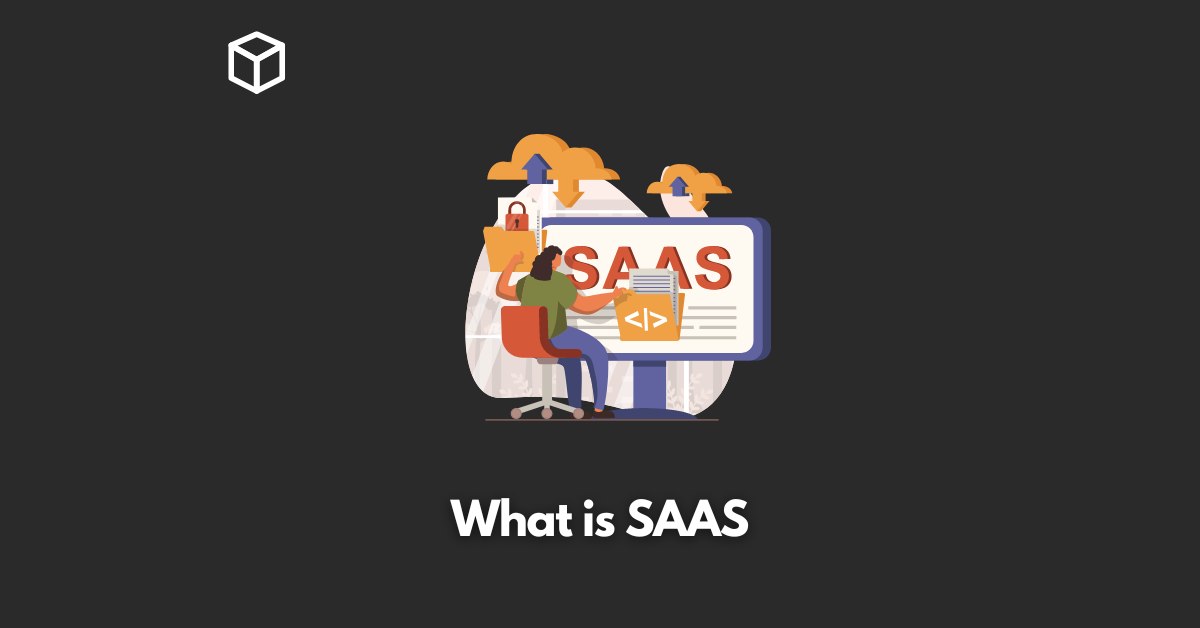As technology is progressing and advancing and the business world becomes more dependent on software, the concept of Software as a Service (SAAS) has become increasingly popular.
In this article, we will explore what SAAS is, its history, and why it’s so important for businesses today.
What is SAAS?
SAAS is a software delivery model in which a software application is hosted by a third-party provider and made available to customers over the internet.
This allows businesses to access the software without having to install it on their own servers, saving on the cost of hardware and maintenance.
A Brief History of SAAS
The concept of SAAS dates back to the 1960s, but it wasn’t until the late 1990s and early 2000s that it began to gain traction.
One of the first companies to offer SAAS was Salesforce, which launched in 1999 and offered customer relationship management (CRM) software as a service.
Importance of SAAS in Today’s Business World
SAAS has become increasingly important for businesses of all sizes as it allows them to access powerful software without the need for expensive hardware or IT resources.
It also allows for scalability and flexibility, as businesses can easily add or remove users and adjust their subscription as needed.
Additionally, with SAAS, businesses always have access to the latest version of the software, ensuring they are always up-to-date with the latest features and security updates.
Advantages of SAAS
- Cost-Effective: Using SAAS eliminates the need for businesses to invest in expensive hardware and IT resources, which can save a significant amount of money in the long run.
- Scalable and Flexible: SAAS allows businesses to easily add or remove users and adjust their subscription as needed, making it ideal for businesses that are constantly growing or changing.
- Accessible from Anywhere: With SAAS, businesses can access the software from anywhere with an internet connection, making it easy for remote teams to collaborate and stay productive.
- Regular Updates and Upgrades: When using SAAS, businesses always have access to the latest version of the software, which ensures they are always up-to-date with the latest features and security updates.
- Reduced IT Burden: By using SAAS, businesses can reduce the burden on their IT department, allowing them to focus on more important tasks.
Types of SAAS
- CRM (Customer Relationship Management): This type of SAAS is used to manage and improve customer relationships, and can include features such as lead tracking, sales forecasting, and marketing automation.
- ERP (Enterprise Resource Planning): This type of SAAS is used to manage and streamline business processes, and can include features such as inventory management, financials, and human resources.
- HR (Human Resources): This type of SAAS is used to manage and streamline HR processes, and can include features such as payroll, benefits, and employee management.
- Marketing Automation: This type of SAAS is used to automate and improve marketing processes, and can include features such as lead nurturing, email marketing, and social media management.
- Project Management: This type of SAAS is used to manage and streamline project management processes, and can include features such as task management, time tracking, and team collaboration.
Popular SAAS Providers
- Salesforce: One of the first companies to offer SAAS, Salesforce is a popular CRM provider.
- Microsoft 365: This suite of products includes productivity tools such as Word, Excel, and PowerPoint, as well as collaboration and communication tools like Teams and Exchange.
- Google Workspace: This suite of products includes productivity tools such as Gmail, Google Docs, and Google Drive, as well as collaboration and communication tools like Meet and Chat.
- Zoho: This company offers a variety of SAAS products, including CRM, ERP, and project management software.
- Slack: A popular communication and collaboration tool that allows teams to communicate and share files in real-time.
Factors to Consider Before Choosing a SAAS Provider
- Integration with Existing Systems: It’s important to choose a SAAS provider that can integrate with your existing systems to avoid any disruption to your workflow.
- Security and Data Privacy: Make sure to choose a SAAS provider that has robust security and data privacy measures in place to protect your company’s data.
- Customization Options: Some SAAS providers offer customization options, which can be beneficial if your business has specific needs.
- Support and Customer Service: Make sure to choose a SAAS provider that offers good support and customer service to ensure that you can get help when you need it.
- Pricing and Contract Terms: Be sure to review the pricing and contract terms carefully to ensure that the cost is within your budget and that the contract terms align with your business needs.
SAAS in the Future
Predictions for the future of SAAS include an increase in the use of artificial intelligence and machine learning, as well as an increased focus on data privacy and security.
Emerging technologies such as 5G and the Internet of Things (IoT) are also expected to have a significant impact on the SAAS industry.
To prepare for the future of SAAS, businesses should focus on building a solid foundation of security and data privacy, as well as exploring new technologies and the potential benefits they can offer.
Conclusion
In conclusion, SAAS has become an essential tool for businesses of all sizes, and offers many advantages such as cost-effectiveness, scalability, and accessibility.
With a wide range of options available, it’s important to choose a SAAS provider that aligns with your business needs and can integrate with your existing systems.
With the rapid pace of technological advancement, it’s important for businesses to stay ahead of the curve and prepare for the future of SAAS.
We encourage you to explore the different options available and consider what SAAS can do for your business.




